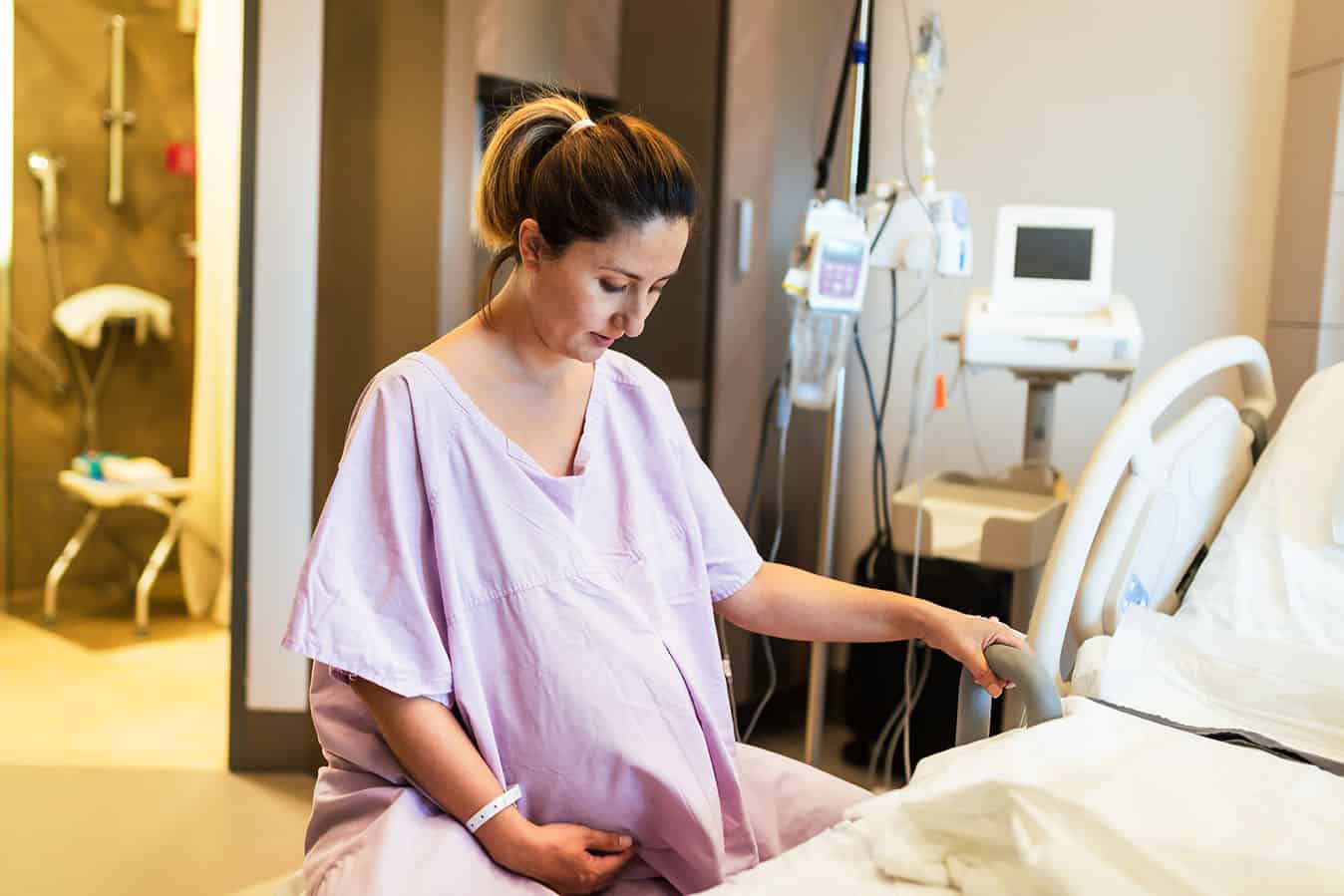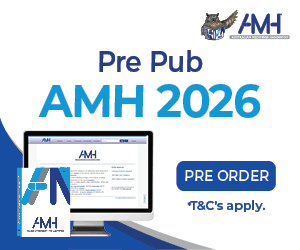Best practice occurs when midwives continually reflect on how they provide daily clinical care and ask questions about current options and treatment available to women.
Continually reflecting enables midwives to offer and provide optimal care but also identify any sub-optimal care. This continual process assists midwives in meeting the individual needs of women or a birth person and enacts shared decision plan of care.
An individualised plan of care will consider and respect the cultural needs, values, gender orientation and preferences when providing care and thus promote a provision of high standard evidence-based practice.1
Yet, there is increasing evidence of third- and fourth-degree tears following vaginal births and variable reporting of this occurring across Australia, which has promoted enquiry. Current evidence suggests that about 3% of Australian women following vaginal birth and 5% having their first vaginal birth will sustain a third- or fourth-degree tear.2
It is noteworthy that the Australian Commission on Safety and Quality in Health Care (ACSQHC, 2021) has recently released a new national clinical care standard for third- and fourth-degree tears.2
It is recognised that consistency in identification, reporting and care by health professionals optimises health outcomes for women with third- and fourth-degree tears.3. Therefore, the ACSQHC has provided an online fact sheet for women to access, which defines perineal tears and covers seven quality statements on care and information they should receive concerning third- and fourth-degree tears.2
The Information within the statements covers:
- shared decision making and informed consent;
- reducing risk during pregnancy, labour and birth;
- instrumental vaginal birth;
- identifying third- and fourth-degree perineal tears;
- repairing third- and fourth-degree perineal tears; and
- postoperative and follow up care.
The statements also briefly identifies the need for discussion in follow up care for future child birthing and a range of health-related concerns, including incontinence. However, there is no guidance for how or when a woman would be screened for incontinence.
This is an identifiable gap in the information provided. Urinary and/or anal incontinence are potentially debilitating issues for some women. This can be particularly pertinent for those who sustain pelvic floor trauma where predominant symptoms such as flatus (gas) incontinence and rectal urgency (often variable reports), many of which report symptoms across the pregnancy continuum (3 to 65%).4-6
The pregnancy handheld record is an important resource and records a pregnant woman’s antenatal care and optimises shared decision involvement in her care. This shared care approach reduces the need to repeat concerns to each health professional that may result in less anxiety and stress.
This partnership approach also offers an opportunity to ask sensitive questions around bowel incontinence.7 However, the lack of questioning and continuity between Australian states’ pregnancy handheld records has been highlighted, identifying further barriers to disclosure and effective care.8
This disparity is concerning given the risk of urinary and bowel incontinence in women and compounding pelvic floor dysfunction for subsequent pregnancies and births.
A review of contemporary literature identifies pregnancy and childbirth as the greatest risk for pelvic floor dysfunction and bowel incontinence.2 It has been reported that women with a history of incontinence prior to conception and birth are at risk of worsening bowel function five to 10 years following their first birth.6,9-11 Currently, there is little evidence of active screening being conducted, even though identifying a previous history of incontinence is beneficial and can reduce further demise of the pelvic floor. It can also assist in understanding factors that precipitate worsening incontinence such as, pre-pregnancy issues, pregnancy or birth-related trauma.
The first author’s doctoral degree that investigated the gaps in clinical practice and explored factors that influenced the disclosure of bowel incontinence by women of reproductive age assisted in improving continence care in a large tertiary birthing centre. This scholarly work led to the development and validation of a specific bowel screening tool (BSQ).6,12 This tool was informed by and included familiar words identified by women. The research findings of this study identified omissions and misunderstandings of terms used within current screening tools and, therefore, assisted in developing this new tool.
It was vitally important to consider women’s use of language. This assisted in health literacy of the new screening tool and resulted in enhanced reporting of bowel incontinence symptoms, especially in the first trimester of pregnancy.
Interestingly, research findings established an overall high prevalence and variable reporting of bowel incontinence including, rectal urgency and flatus incontinence. The findings are comparable to other studies that included rectal urgency.8-9 These findings are similar to those reported in studies that recognise the influence of additional pre-pregnancy and pregnancy factors, rather than just the consequences of labour and birth.9-10
The findings contribute to evidence-informed practice and thus promote improvements in clinical care. It is noteworthy that identifying variable and pre-existing symptoms through proactive screening, which may be overlooked in women who present with no current symptoms, can reduce the stigma and shame associated with bowel incontinence.
In summary, early identification improves continence care in the short term and also improves long-term health outcomes.
It is important to screen for incontinence and the new bowel screening tool has now been implemented in clinical practice at the study hospital. The translation of research evidence to inform clinical practice could not have been achieved without ongoing midwifery reflection and questioning of continence care for women. Involving women and using language they are familiar with has assisted in an effective tool being designed to detect bowel incontinence.
References
- Nursing & Midwifery Guide to quality nursing and midwifery information Evidence based practice. University Sunshine Coast Queensland. Updated: 8 Apr 2021 2:46 PMURL: https://libguides.usc.edu.au/nursing
- Australian Commission on Safety and Quality in Health Care (2019) Severe (Third and Fourth Degree) Perineal Tears Clinical Care Standards Fact Sheet for Consumers. https://www.safetyandquality.gov.au/sites/default/files/2019-10/severe_perineal_tears_-_consumer_fact_sheet_-_consultation_draft_251019.pdf
- Tucker J, Steen M & Briley A (2021). Enhancing the identification of anal incontinence in women of reproductive age. Nursing Standard. doi: 10.7748/ns. 2021.e11735
- Durnea CM, Khashan AS, Kenny LC, Tabirca SS, O’Reilly BA. The role of pre-pregnancy pelvic floor dysfunction in postnatal pelvic floor morbidity in primiparous women. Int Urogynecol J. 2014; 25:1363-74.
- Johannessen H, Morkved S, Stordahl A, Sandvik L, A W. Anal incontinence and quality of life in late pregnancy: a cross sectional study. BJOG. 2014; 22:1-10.
- Tucker J Development and Validation of a screening tool to identify anal incontinence in women of reproductive age. THESES Adelaide Medical School; 2020
- Hawley G, Janamian T, Jackson C, Wilkinson S. In a maternity shared-care environment, what do we know about paper hand held and electronic health record: a systematic literature review? BMC Pregnancy Childbirth. 2014; 14(52):1-12.
- Pregnancy hand held record (PHHR): Does it need review? Article in Australian Midwifery January 2019
- Rusavy Z, Karbanova J, Jansova M, Kalis V. Anal incontinence and fecal urgency following vaginal delivery with episiotomy among primiparous patients. International Journal of Obstetrics and Gynaecology. 2016; 135:290-4.
- VanBrueman H, Bruinse H, vandePol G, Heintz P, vanderVaart C. Defecatory Symptoms during and after the first pregnancy: prevalence’s and associated factors. International Journal of Obstetrics and Gynaecology. 2005; 17:224-30.
- Tucker J, Clifton VL, Wilson A. Teetering near the edge; women’s experiences of anal incontinence following obstetric anal sphincter injury: an interpretive phenomenological research study. Australian and New Zealand Journal of Obstetrics and Gynaecology. 2014.
- Tucker J, Murphy EMA, Steen M, Clifton VL. Understanding what impacts on disclosing anal incontinence for women when comparing bowel-screening tools: a phenomenological study. BMC Women’s Health. 2019; 19(1):142-50.
Authors:
Dr Julie Tucker, PhD, Advanced Nurse/Midwife Consultant continence is at Lyell McEwin Hospital, Adelaide, Australia
Mary Steen, Professor of Midwifery, Professorial lead for maternal and family health is at Clinical and Health Sciences, University of South Australia, Adelaide, Australia








